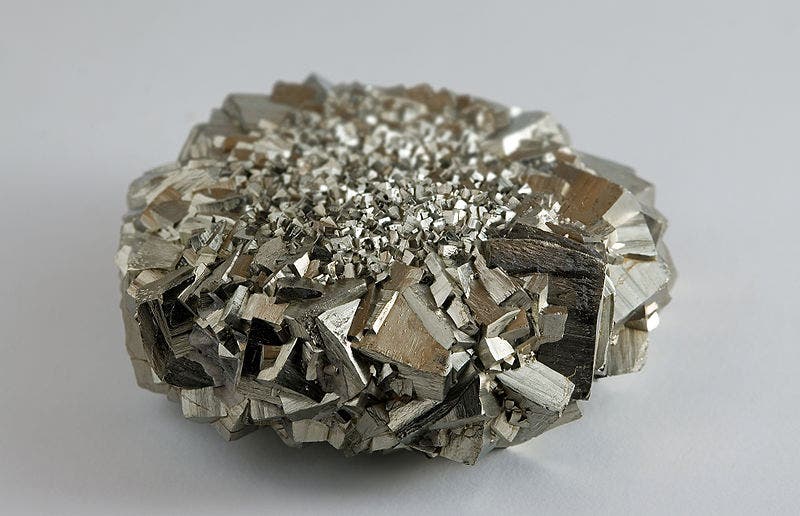Bacteria and small plants at the bottom of the ocean require significant quantities of iron to survive and grow, just like us humans do. But their situation is extremely different, and they can’t just opt for an iron rich diet. So where does their iron come from ?
Pyrite, or fool’s gold (as it is sometimes called) is a nice to look at mineral that is made out of sulphur and iron, and new research suggests that it is responsible for fertilizing the oceanfloor through the hydrothermal vents at the bottom of the ocean. Researchers already knew that pyrite comes from these vents, but they thought it was all about solid particles which just quietly settled on the ocean floor.
Now, reserchers from the University of Delaware, in collaboration with other scientists have shown that in fact the diameter of these emissions are 1,000 times smaller than that of a human hair, and due to their extremely small size, they are dispersed through the ocean, as opposed to lying down on the ground.
Barbara Ransom, program director in the National Science Foundation’s (NSF) Division of Ocean Sciences, which funded the research, called the discovery “very exciting.”.
“These particles have long residence times in the ocean and can travel long distances from their sources, forming a potentially important food source for life in the deep sea,” she said.
The thing with pyrite is that it doesn’t rapidly interact with the oxygen in the water (or in layman’s terms, the iron in it doesn’t rust), which allows it to remain in its actual form for a longer period of time, in which it travels all around the place.
“As pyrite travels from the vents to the ocean interior and toward the surface ocean, it oxidizes gradually to release iron, which becomes available in areas where iron is depleted so that organisms can assimilate it, then grow,” Luther said.
The growth and wellbeing of tiny plants (phytoplankton) affect the atmospheric oxygen and carbon levels, and the whole oceanic ecosystem relies on them.










